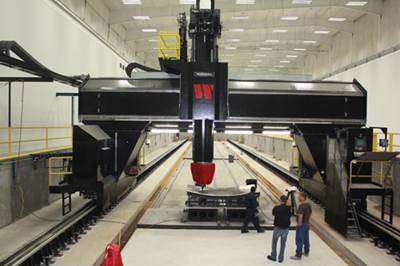How is Large-Part Machining Different?
A shop serving the wind-power industry illustrates some of the challenges particular to machining massive workpieces.
Share





Dowding Machining in Eaton Rapids, Michigan, is a job shop that specializes in big parts.
Big parts. The largest machine in the shop, a MAG Cincinnati U5 profiler, features not just 100 feet of X-axis travel, but also travels of 12 feet in Y. Some jobs call upon much of that Y-axis span.
The shop was opened in 2008 by Dowding Industries, a contract manufacturer focused on more conventional-sized parts. The company opened this separate business—constructing a new building for it—in order to serve the machining needs of the growing wind power industry.
Unfortunately, the economy hit its decline soon after the shop opened. The wind-power work came in only at the rate of a gentle breeze. The shop searched for other business to fill its capacity, finding work that included making machine tool parts for MAG. But now, at last, the wind power work is finally gusting. A recent visit to the shop found castings for wind-turbine gearbox sections queued on the production floor, along with 30-foot-long I-beam workpieces that will be used to build wind turbine towers.
Plant manager Gary Meyers worked for a tool-and-die shop before he was hired to help launch this facility. Staffing is light here—or perhaps it just seems that way. Mr. Meyers is one of five people working in the facility, but with four machine tools in the shop (all of them big), that staffing is probably appropriate. The square-footage simply makes the number of people seem small. A walk with Mr. Meyers across this cool and spacious production floor revealed other ways that the shop is distinct from those that run parts at more typical sizes. What follows, he says, are some of the measures and mindsets that make large-part machining different:
1. Soak in the Cool
On large parts, various factors that affect machining accuracy get magnified to such a point that they have to be taken more seriously than at conventional sizes. Temperature is probably the most significant of these factors.
Dowding’s shop is cool because it is held to a constant 68°F. Over a span of several feet, the metal-expanding effect of a 1º change in temperature can be enough to violate even a relatively moderate tolerance band. For this reason, parts often have to just sit in the shop—essentially soaking in the cool (or, in the winter, the heat). Letting a massive part stabilize to 68° can mean there are days of waiting before the part is ready to be machined.
2. Get the Stress Out
Material stress is another factor often ignored at conventional workpiece sizes that becomes dramatically important when parts are large. Mr. Meyers says navigating material stresses is actually one of the more significant challenges in realizing an effective process for the large castings. MAG was instrumental in teaching the shop how to deal effectively with this challenge. The amount of roughing performed on the shop’s MAG Giddings & Lewis boring mill has to strike a balance between being light enough to leave sufficient stock for finishing, yet being deep enough to unlock the stress-related distortions that might otherwise affect finishing accuracy.
3. Five-Axis for Drilling
The range of rotary-axis travel on a large five-axis machine’s spindle can be essential not just for milling, but also for the machine’s capacity to deliver fast, effective drilling. The I-beams, for example, require drilled holes through all of their surfaces, all along their length. Dowding’s U5 can machine these parts faster than other long-travel machines because its spindle can pivot from -90 degrees to +100. This means the spindle can reach all the holes—that is, those in one of the flanges, those in the middle section and those in the opposite flange—in a single setup.
4. A Big Machine Might Be Small
An Amera Seiki machining center in the facility has travels of only about 6 feet by 5 feet. The machine was large for the older Dowding facility that used it originally, but in this shop, the machine is quite small. Nevertheless, the machine belongs here, Mr. Meyers says. One reason is that it tends to run parts that come in quantities of just one or two, where the other facility routinely runs much larger batches. Another reason is that the large overhead crane here makes the machine much easier to use. Mr. Meyers says having this machine is valuable, because it lets him cost-effectively run parts that are just a little too small for the larger and more expensive equipment.
5. Accuracy Equates to Speed
Some of the tighter tolerances for the wind-turbine castings include 0.002 inch on parallelism between the front and back faces, as well as a 0.001-inch tolerance band for the milled diameter of the largest bore. To achieve tolerances such as these on such large parts, the best method—really, the only practical method—is to take semi-finish passes, measure, then take one or more finishing passes. In other words, the way to achieve the tight tolerances on large-scale features is to proceed with care.
Thus, Dowding relies on the precision of its U5 machine to determine not just what tolerances the shop can hold, but also how productively it can hold them. The shop intends to refine the machine’s precision even further, submitting it to a newly developed volumetric error-compensation process recently engineered by a group of military facilities and industrial technology companies, including MAG. If the machine’s accuracy can be made even tighter through this process, then the shop will be able trust the machining cycle even more—perhaps taking fewer passes in some cases than it otherwise might. In this way, the accuracy of the machine can translate directly to faster large-part machining.
Related Content
The Benefits of In-House Toolmaking
The addition of two larger gantry routers has enabled a maker of rubber belting products to produce more tooling in-house, reducing lead times and costs for itself and its sister facilities.
Read MoreIn Moldmaking, Mantle Process Addresses Lead Time and Talent Pool
A new process delivered through what looks like a standard machining center promises to streamline machining of injection mold cores and cavities and even answer the declining availability of toolmakers.
Read MoreDN Solutions America Unveils Impressive Chicago Technical Center at IMTS 2024
New tech center is serving as a cutting-edge showroom and a technological hub for advanced machining applications.
Read MoreFryer Milling Machine Provides Fast Setup, Simple Programming
The MB-R toolroom bed mill is reportedly capable of single- or multi-part production with a 0.0002" accuracy.
Read MoreRead Next
Going To Great Lengths
Heidenhain LB 382C sealed linear scales enabled Ingersoll Machine Tools to meet the customer’s requirements for the largest five-axis gantry machine in North America.
Read MoreRegistration Now Open for the Precision Machining Technology Show (PMTS) 2025
The precision machining industry’s premier event returns to Cleveland, OH, April 1-3.
Read MoreBuilding Out a Foundation for Student Machinists
Autodesk and Haas have teamed up to produce an introductory course for students that covers the basics of CAD, CAM and CNC while providing them with a portfolio part.
Read More


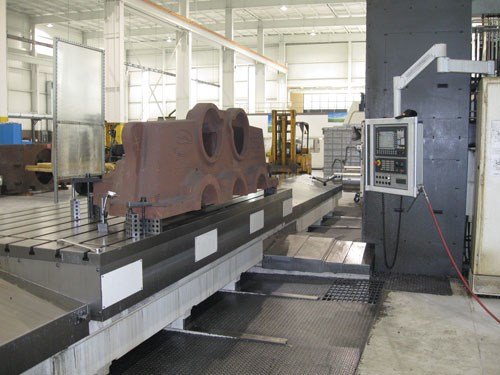
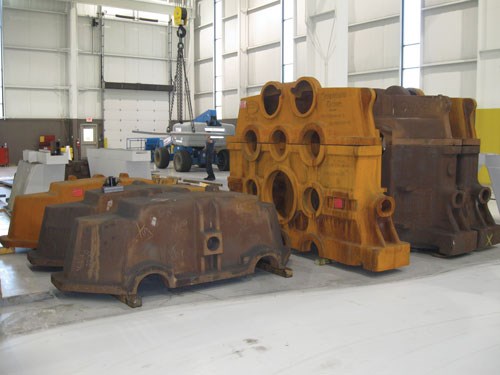

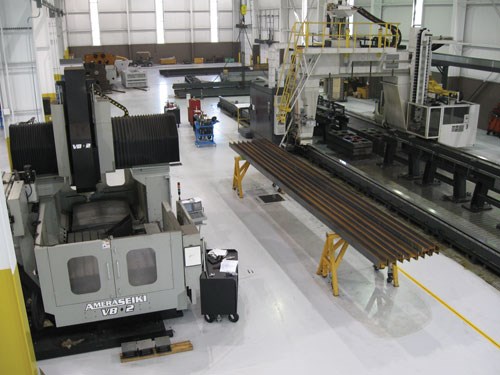
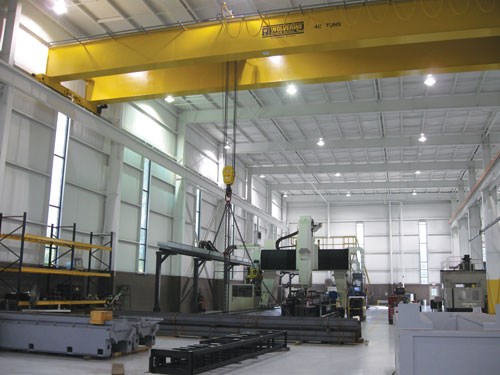




















.jpg;maxWidth=300;quality=90)





